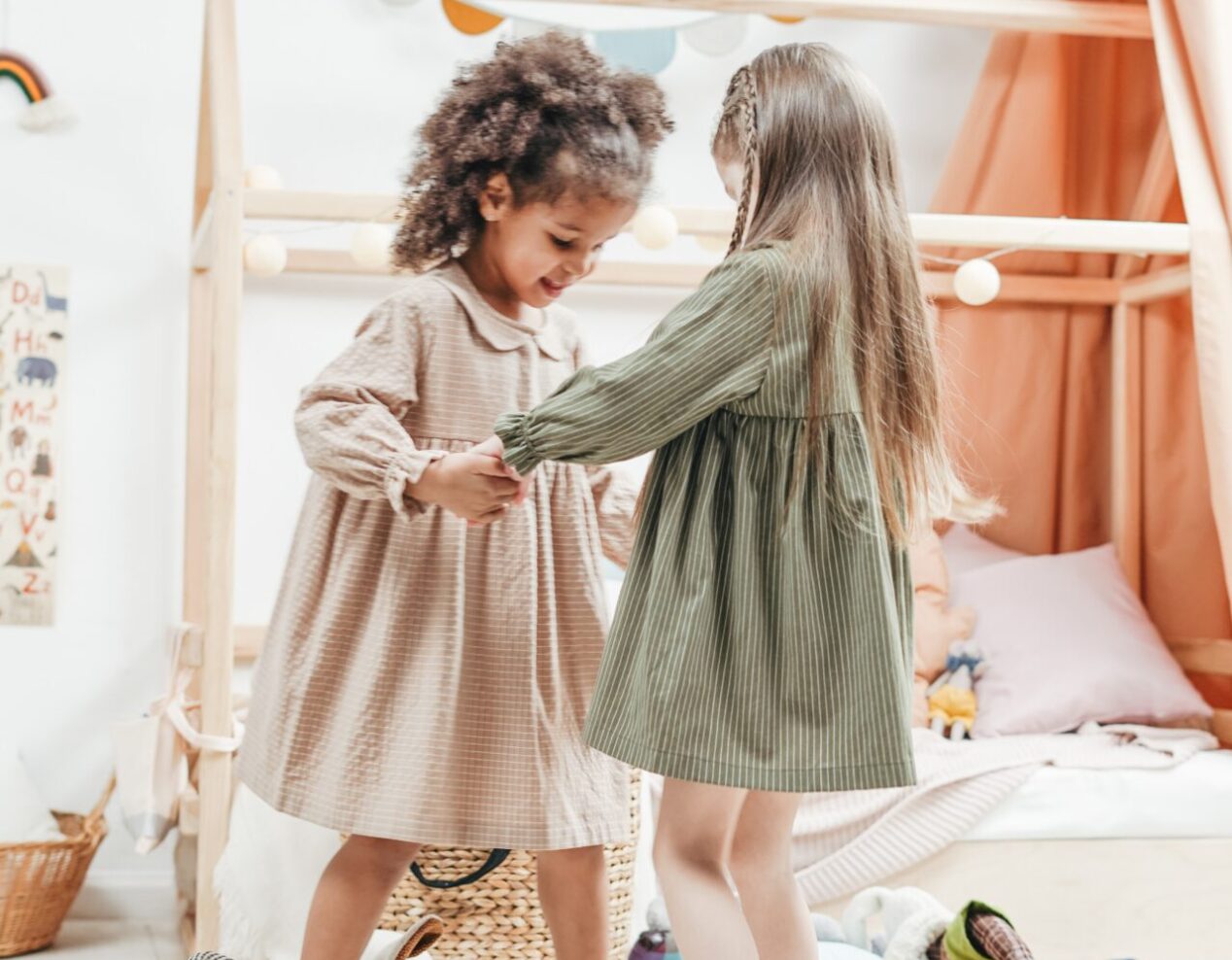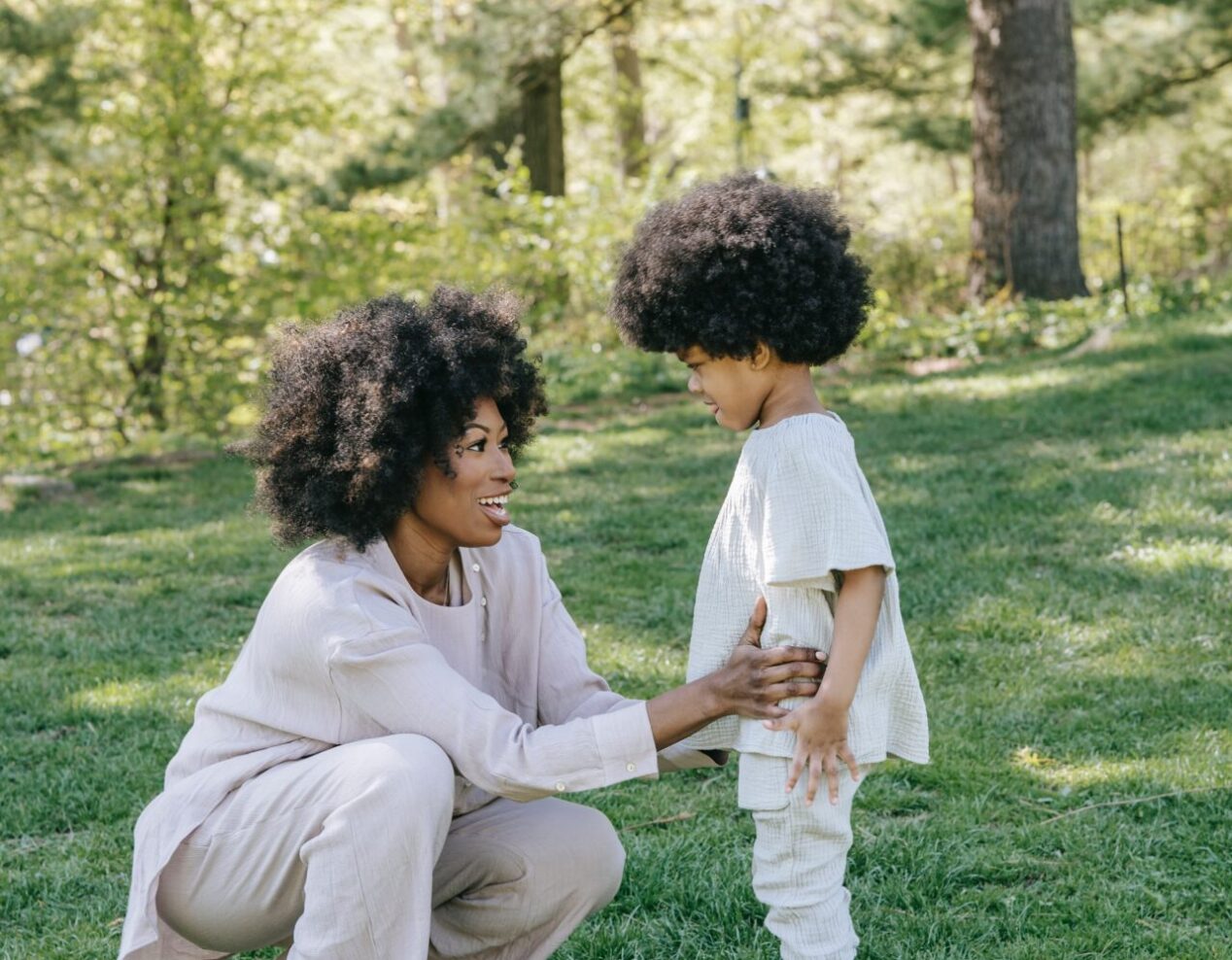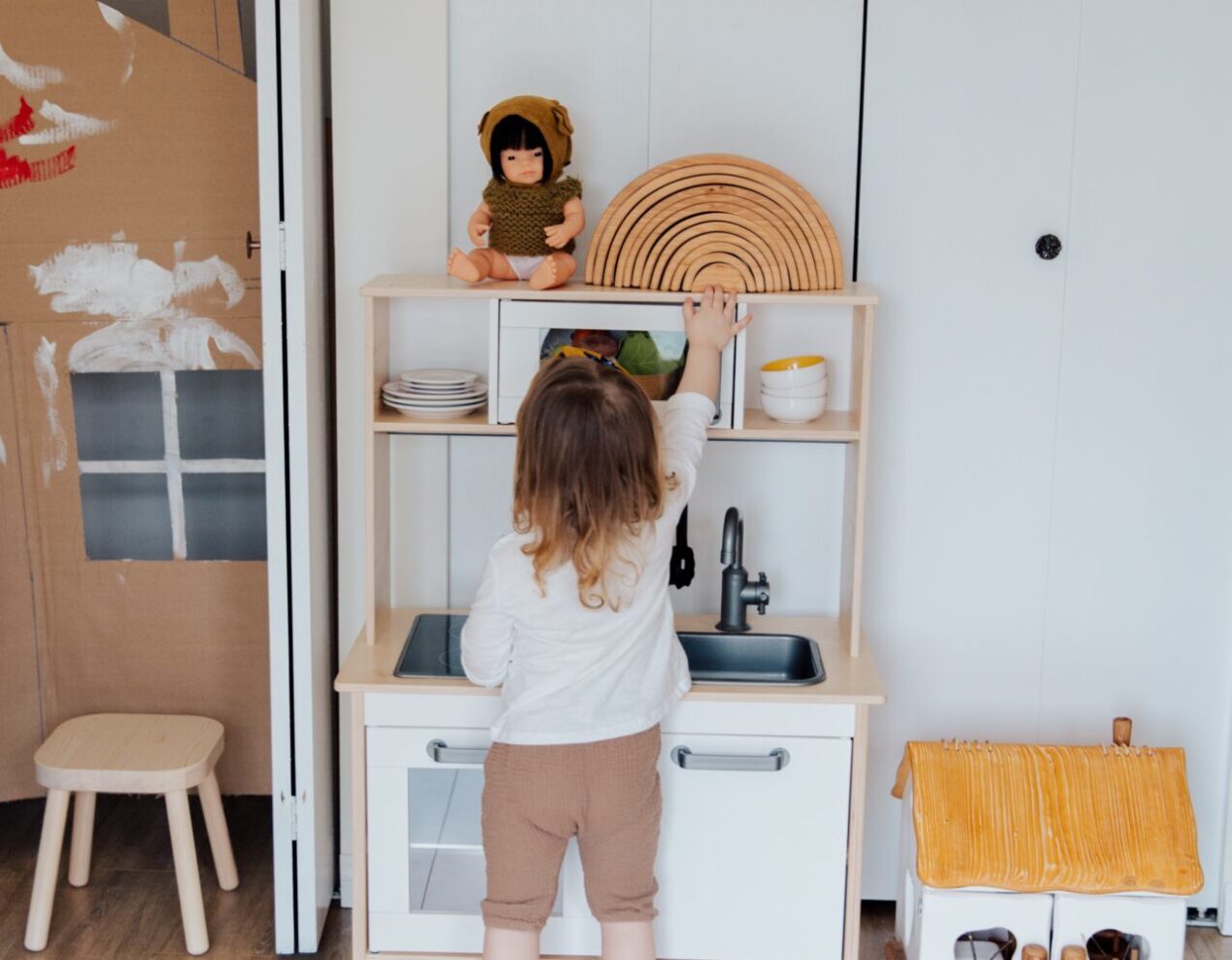Discovering self-identification: The exciting journey of toddlers recognizing their body parts

Little ones are embarking on a fascinating journey, joining a distinguished group of animals, such as dolphins, elephants, and magpies, that can recognize themselves in a mirror.
Mirror recognition is a developmental milestone that usually occurs between the ages of 15 and 18 months. Toddlers might point at their reflections, indicating they can recognize themselves and also identify you and other family members alongside them in the mirror.
This is a clear indication of their blossoming self-awareness. Simultaneously, toddlers may start mimicking your actions, like shaking the head, stretching the mouth wide, or even nodding.
In addition to recognizing their own reflections, toddlers begin to identify specific parts of their bodies. For example, when asked, “where’s your tummy?” they might pat it, and when questioned, “where are your fingers?” they may wiggle them. By the time they’re two, they might be able to identify six or more body parts.
Here’s how you can assist your toddler in recognizing their body parts:
- Begin with visible body parts: Start with helping them acknowledge parts of their body that are clearly visible to them, such as hands, toes, arms, legs, and tummy.
- Identify while engaging: When your toddler is touching your face, articulate the parts they’re exploring: “that’s the mouth, that’s the nose,” and so on.
- Highlight during grooming: As you bathe them, comb their hair, trim their nails, or help them wear socks, mention the parts of their body involved.
- Encourage mirror play: Make mirror time fun by saying, “Look, there’s Lily in the mirror!” Point to their nose, and other body parts in the reflection as you explore together.
- Engage in mirror games: See if they’ll attempt to kiss their reflection or enjoy a game of peek-a-boo using the mirror.
- Observe vivid colors: If they’re wearing a cap or a brightly colored outfit, help them notice by viewing their reflection in the mirror and discussing what you observe.
- Indulge in amusing games: Create a funny game out of making a face or gesture, and see if you can get your toddler to copy you. Applaud, wink, or shake your head and see if they imitate you. If they’re not catching on, you could try having them mimic you when you’re both looking in the mirror.
Promoting this recognition of self and body parts is an engaging and amusing way to aid your toddler’s cognitive development and self-awareness. This fun-filled learning process forms the building blocks of their growing understanding of themselves and the world around them.



